I vividly recall my first radio interview during the twelve years I was a Hollywood-based speech and accent trainer. The opening question was, “How does someone end up as a dialect coach?” I blurted out, “I thought every four-year-old in Brooklyn wanted to grow up to teach movie stars to talk with accents.” Well, that’s the humorous (or “wise-ass”) version, which I repeated on many media interviews that followed. Here’s the actually story of how I ended up a dialect coach and author of accent-training audios. (In posts that will follow, I’ll expand on some of the ideas and themes I mention below.
1956-1962: The Accent Parrot Awakens
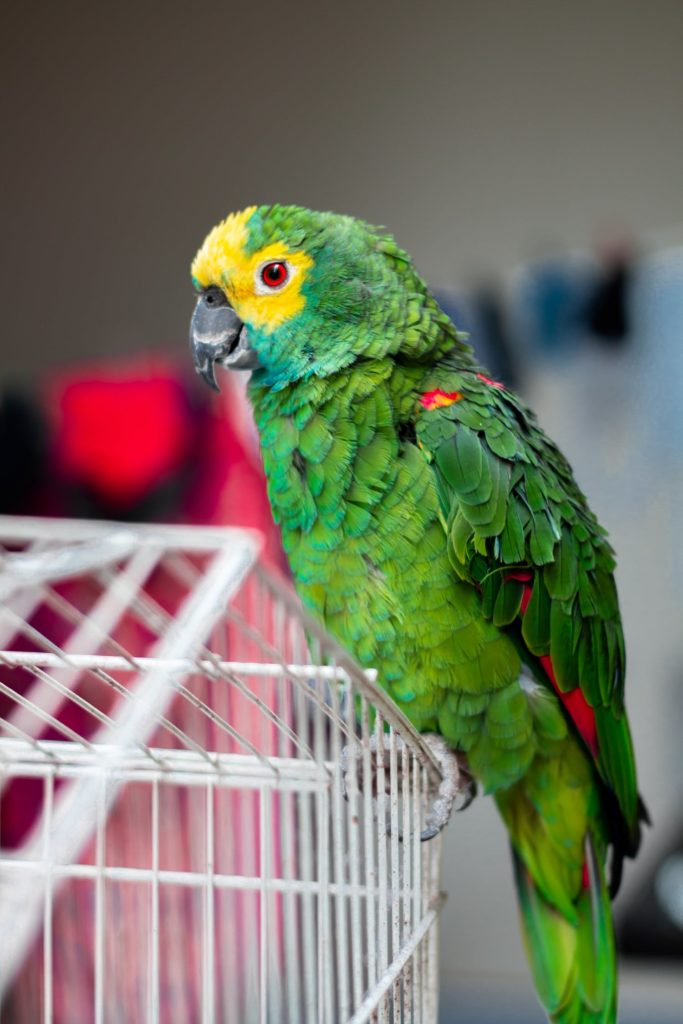
I discovered at the age of ten that I could easily imitate most accents I heard. If a speech pattern went in my ear, invariably it could and would come out of my mouth. I neither analyzed the sounds nor thought about what I was doing. I just mimicked what I heard pretty accurately. My first awareness of this skill was in 1956. My father brought home the original-cast album of My Fair Lady, and I started imitating its COCKNEY and ENGLISH RECEIVED accents. I then reprised that feat with the Irish and “Mississitucky” accents of his older Finian’s Rainbow LP. I continued messing about with dialect/accent mimicry over the next few years. Mostly, I mimicked the accents of characters on radio and TV. I also reproduced the NYC and Yiddish sounds that were never far from my ear.
1962-1969: Playing Dialect Roles in High School and University Theatre
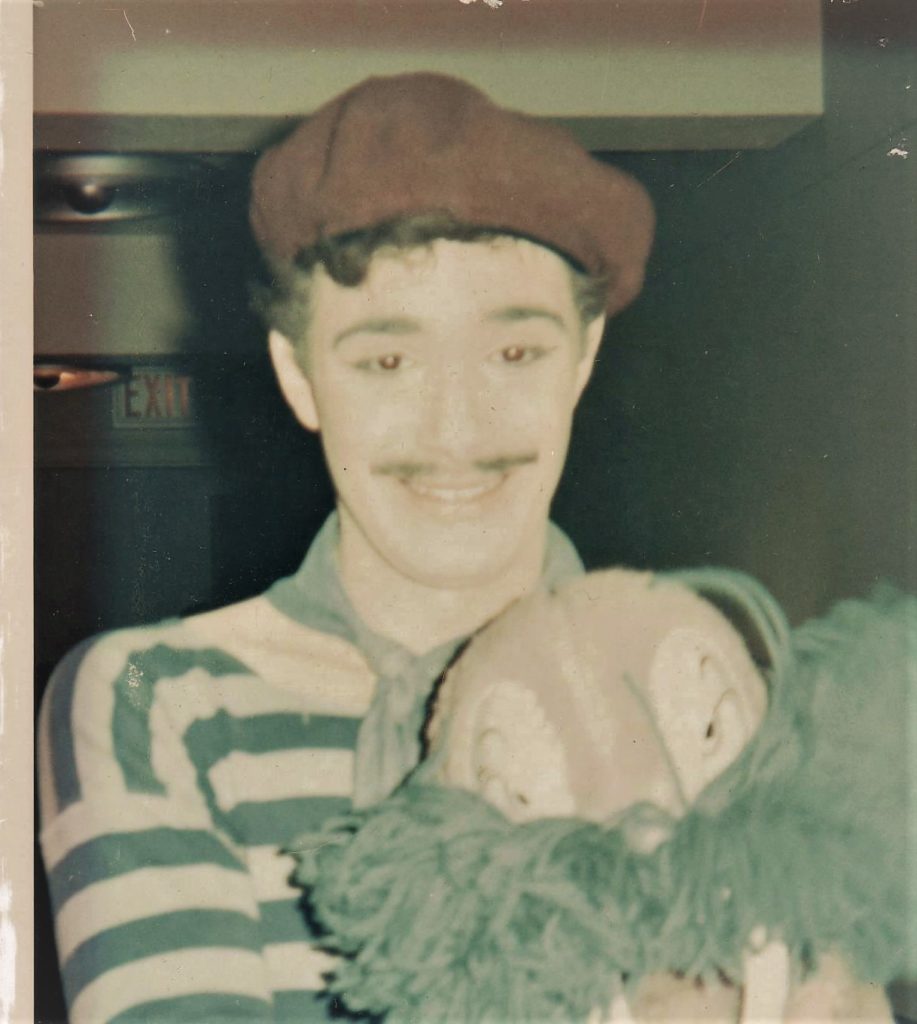
As a high school actor and a UCONN acting major (BFA, 1969), the parroting skills gained me many dialect roles. There were relatively few dialect coaches or accent-training materials in the ’60s. I was often the only option for directors who wanted certain characters to have reasonable accents. Among the school-days accents were Cockney, English RP, French, Irish, and New York City, which was my “native language,” so I really wasn’t putting it on. During those years, many directors and fellow actors asked how I was able to perform accents so well. As always, I had no explanation other than being the dialect parrot (pictured above). Little did I know back then that much of my career would involve accent and dialect coaching.
1970: Leaving Theatre “Forever”
Both dialect coaching and acting went onto the back burner for several years. I “left theatre forever” (for the first time) to pursue a PhD in Speech at Temple University. Although my degree program was in “speech communication,” the same department housed degree programs in Speech & Language Pathology. This allowed some crossover of curricula for interested students. Also, my advisor, Donald H. Ecroyd, was co-author (with Murray Halfond and Carol Towne) of two voice and diction texts. My knowledge and interest grew. After joining the Speech department at Wichita State, I designed and taught an “all-purpose” voice and diction course. While there, Dr. Kenneth Burk, renowned professor of voice disorders and therapy, became an important inspiration and mentor.
1974-77: Wichita State: Developing Skill as an Accent/Dialect Coach

During my short three years in Wichita, I was drawn back into acting. In 1976, the great director Audrey Needles asked if I’d try being the accent/dialect coach for several of her productions. My first attempts were not very successful. Despite my expectations, most of the actors did not possess my kind of parroting skills. I also failed when I focused them exclusively on pronouncing the target accent’s vowels and consonants. Other approaches I found in the then-scarce training materials were equally fruitless. So, I used my own parroting ability as a resource. I closely observed and analyzed myself, eventually discovering things other than pronunciation that changed as I switched accents.
I drew three important conclusions: (1) For most accents, I created a different “shape” or “configuration” or “posture” of the vocal tract. These changes, in turn, produced a unique resonance (or “placement” or “focus” or “timbre”) for each accent. (2) For some accents, I also added characteristic lilts or inflections on stressed vowels. I accomplished this with pitch glides and/or onsets and fades in loudness. (3) Many target pronunciations were easier and more authentic sounding when combined with these “non-phonemic” traits. These discoveries became the central principles behind all my accent coaching and training materials in the years since. Kudos to my cousin Ken Ravitz who sought my help learning Cockney for a high school production. I responded to his audio letter by recording some Cockney placement drills I was developing. They helped him considerably. That recording was the genesis of my next forty-three years of authoring ACCENT-LEARNING AUDIOS.
1977-80: The Penn State Years and Accent-Training Audios
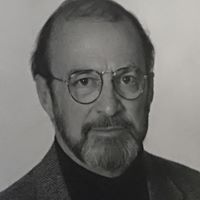
In May 1977, Penn State sought a “Theatre Voice and Speech Trainer skilled as a dialect coach.” I had just decided to seek such a position. I applied; miraculously, I was also hired. There I gained early experience integrating my work with that of outstanding acting teachers and directors. It was also there that I recorded and began marketing the first six ACTING WITH AN ACCENT audio cassettes (now 24 digital downloads). It was the first series with separately obtainable recordings, each providing systematic lessons in a single accent. I’m thrilled that, since its launch, those recordings have been used extensively by actors and praised by so many educators. Lots of the accent-training programs that came later referenced it and/or made similar observations about voice placement and lilt/musicality. Many consider this technique to have initiated a paradigm change in accent pedagogy in the early 1980s. I’m honored by that.
1980-1993: The Hollywood Years
My next career move again came after just three years. I adored my Penn State job and colleagues, but academic politics and economics spurred my move to Hollywood. Those were years of 13% inflation and 2% salary increases. So, the risk of freelance industry work was an acceptable alternative to an annual 11% loss of real income. During my time in Los Angeles, the audio-training series expanded from 6 to 25 titles. Unexpectedly, many potential-client inquiries came from actors and business people wanting to learn the non-regional (standard) American-English accent. That teaching soon led to other audio programs for those wanting to REDUCE AMERICAN REGIONALISMS or MODIFY ACCENTS OF OTHER LANGUAGES.
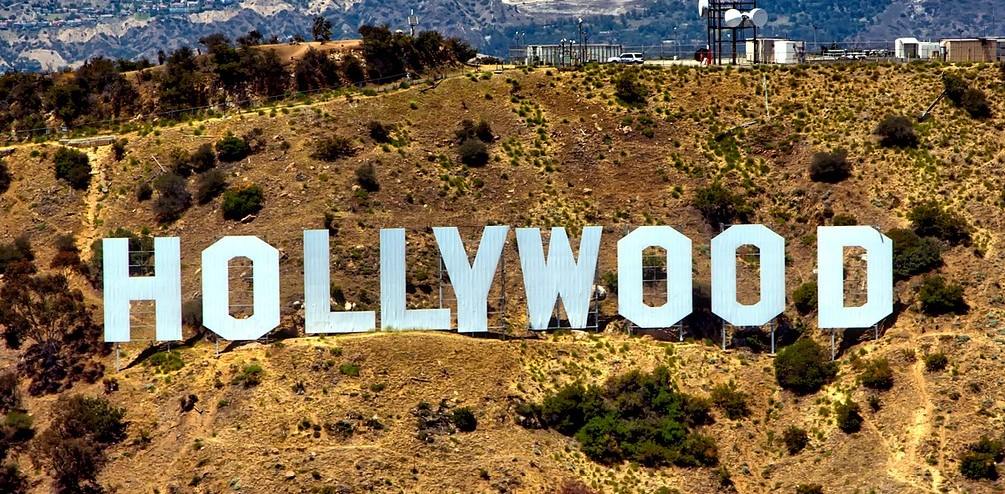
I was honored to gain the trust of acting coaches, directors, agents, and casting directors. During the LA years and beyond, I was thrilled to have helped hundreds of professional actors prepare for roles. Among them were Michael York, Forest Whitaker, Julia Roberts, John Rhys-Davies, Liam Neeson, Shelley Long, Jennifer Jason Leigh, Julie Harris, Sally Field, Olympia Dukakis, and Geena Davis for the screen. And for stage roles: Pat Sajak, Lynn Redgrave, Terrence Mann, Liz Larsen, Jack Klugman, Amy Irving, and Andréa Burns.
1993-2018: Return to Thee, Oh Alma Mater

Leaving academic theatre in 1980 and returning in 1993 (when UCONN lured me back) were both excellent career decisions. While still coaching occasional film and TV projects (most recently Vincent Tycer’s BOSTON ACCENT in Chappaquiddick), I concentrated again on coaching for the stage. That work included over a hundred productions as voice, text, or dialect coach at Connecticut Repertory Theatre. From 2000-2017, I was also the Resident Dialect Coach (working on twenty-four shows) at the Berkshire Theatre Group in Massachusetts. The audios expanded—new programs and second editions—as the format moved from cassettes to CDs to DIGITAL DOWNLOADS. I worked with colleagues and directors who wanted actors to integrate voice/speech skills with inner process and welcomed my help accomplishing that.
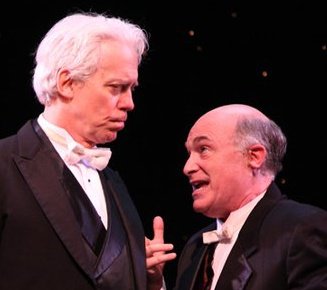
In 2011 and 2012, I was lured back onto the stage by then CT Rep artistic director Vincent Cardinal. I was finally old enough to play one of my dream roles—Arvide Abernathy in Guys and Dolls (with Sarah Schenkkan). I also played Zolton Karpathy in My Fair Lady (with Terrence Mann) and Roy in The Odd Couple (with Pat Sajak and Joe Moore). Then, after 25 years, it was time to leave campus to concentrate on distance lessons, industry coaching, websites, and social media.
In addition to the audio lessons available on the website (www.LearnAccent.com), David Alan Stern is also available for:
Distance Lessons (Skype or Zoom)